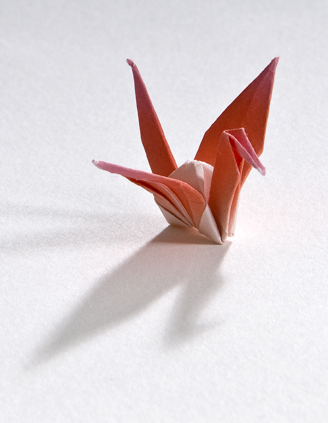There is a barrier preventing entry of drugs into the seminiferous tubules and probably a similar barrier exists between the blood and the testicular interstitial space, where leukemic cells tend to migrate.
The testes therefore act as a "sanctuary site."
Clinical Features of Testicular disease in ALL:
| Incidence |
|
| Occult disease |
|
Presentation |
|
Risk factors |
|
|
|
|
|
|
|
|
Therapy
1. Intensive chemotherapy that penetrates the blood testes barrier (high dose methotrexate during induction appears to be very effective).
2. Testicular Radiation Therapy (RT)
- Planning target volume (PTV)= both testes in scrotal sac
- Technique: Direct electron beam - 90% of the dose should be delivered to the posterior aspect of the testes
- Lead shielding is placed around and underneath the testes and over the lower penis to protect normal structures
- The generally recommended total dose is 24 Gy in 12 fractions.
- The penis is excluded from the RT field by fixing it to skin with tape over symphysis pubis.
Late effects of testicular RT include:
- Infertility
- Primary germ cell dysfunction and reduced testicular volume associated with doses of only 12 Gy.
- Radiation damage to the germ cells is permanent and occurs immediately.
- Hypogonadism
- After a dose of 12 Gy Leydig cell function may be preserved.
- Doses of 24 Gy result in Leydig cell failure and hormone replacement therapy is necessary to go into puberty.
- Leydig cells in the prepubertal testes are more susceptible to damage than the pubertal testes.
- Testicular hypoplasia:
- May require plastic surgery with implant of prosthetic testes
- Secondary malignancy:
- After any radiation therapy there is always a risk of a secondary cancer arising within the radiation field many years after treatment.
- Self examination of the testes is important for long-term survivors of this therapy.
The research COG pilot study for late isolated testicular relapse was AALL02P2 and this is now closed to accrual. The aim was to avoid these late effects, by not giving testicular RT. Relapse had to be more than or equal to 18 months after complete remission for initial disease to be eligible for this study. The objectives of this pilot study were to eliminate testicular radiation for testicular relapse patients and to improve event-free survival (EFS) by intensifying the systemic chemotherapy - however preliminary outcomes were worse than previous studies and AALL02P2 was closed.
Prognosis
The most significant factor influencing survival following isolated testicular relapse is the length of the first complete remission (CR) - prognosis is much better if original CR was more than 36 months.

